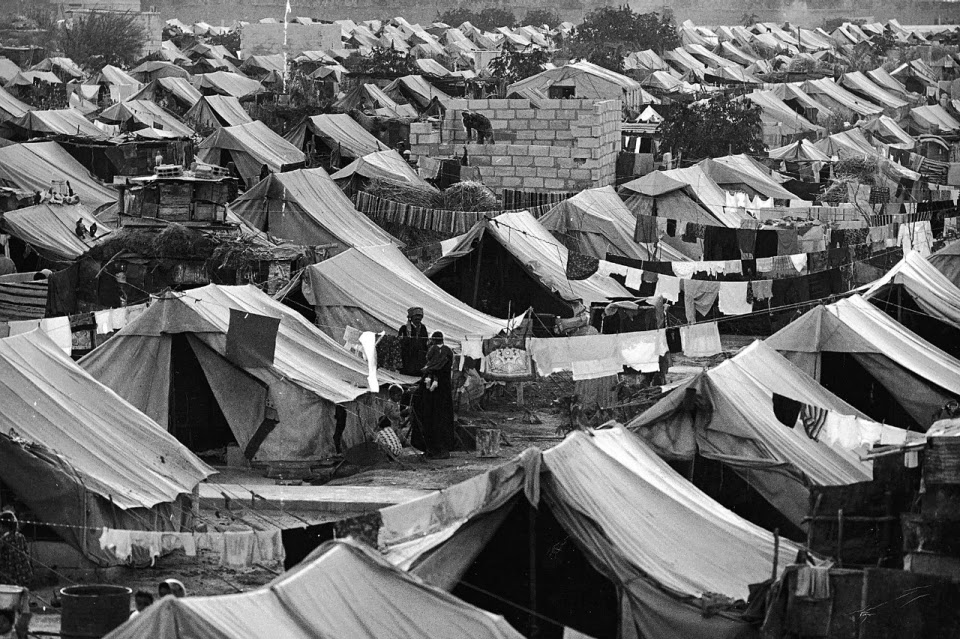a person or descendant of a person living in Israel after 21 May 1948 with the "absentee” status created under the Basic Law: Law of Absentees’ Property of 5710/1948 (LAP), especially those consequently dispossessed; a dispossessed citizen of Israel. Technically, this status affected virtually all Arabs who exited their actual homes or other possessed or owned properties during the 1947–48 War of Independence/Conquest, regardless of whether they returned. Also technically, the legislative dispossession order covered most residents, indigenous Palestinian Arabs and Israeli Jews (LAP, Article 1[ii]). However, the LAP regulations embedded a clause that systematically exempted Jews from the law’s intended dispossession.[1] Consequently, tens of thousands of Arabs citizens who became citizens of Israel were dispossessed absentees, but practically no Jewish Israelis were. The dispossessed Arab citizens of Israel thus assumed the paradoxical legal identity and simultaneous materially dispossessed status of "present absentee.”
(See Absentee and Absentee property)
[1] Section 28 of the regulations obligated the Custodian of Absentee Property to exempt absentees who had left their home or properties out of fear of Israel’s military operations or its enemies, or to exempt those who were, in the Custodian’s opinion, capable of managing their property efficiently without aiding Israel’s enemies. Dov Shafrir, the first Custodian of Abandoned Property, later revealed that all efforts sought to avoid applying the dispossessing application of LAP to Jews. Knesset Law and Constitution Committee, 1949–50, minutes of 6 and 22 December, cited in Geremy Forman and Alexandre (Sandy) Kedar, "From Arab land to `Israel Lands’: the legal dispossession of the Palestinians displaced by Israel in the wake of 1948,” Environment and Planning D: Society and Space, Vol. 22 (2004), pp. 809–30, at p. 815.



